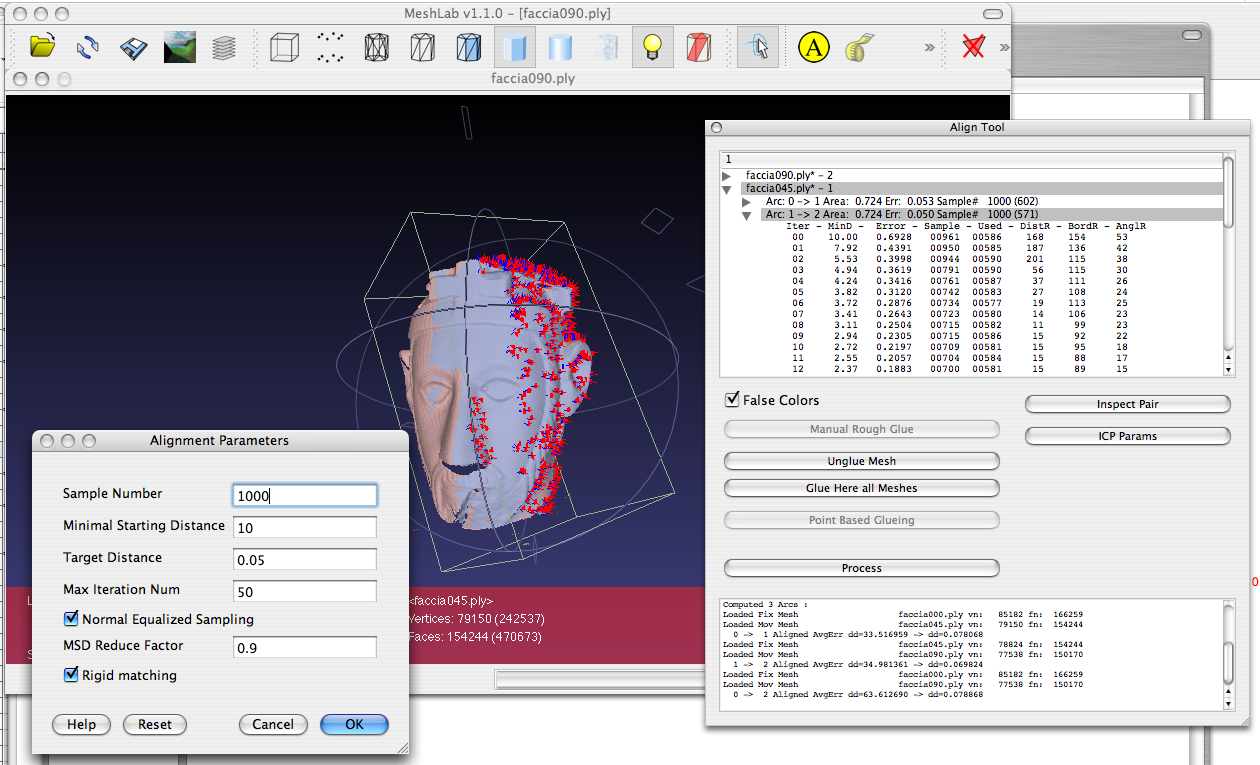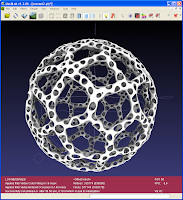

Figure 1: The yellow marked vertices describe the highlighted triangle in the 3D model Figure 2: The Stanford Bunny as wire frame (left) and point cloud model (right)Īdditionally, many curves and surfaces can also be mathematically calculated to achieve a smoother surface using a few parameters. One method to create a smoother surface is to increase the number of polygons although this also results in a corresponding increase in file size. By using so-called shading algorithms they can be rendered to a smoother, more even appearance although the polygonal origin is often visible in the contour of the object.

Wire-frame mesh models can be rendered easily but lack detailed representation of convex or concave surfaces and the sharp edges of the polygons are always visible on closer examination. Point clouds are commonly generated by techniques such as 3D laser scanning and are usually further processed to form a mesh model (3D-ICONS 2014, 18-21). Models that are only represented by vertices and the connecting edges are called wire-frame models or meshes whereas models consisting of only unconnected vertices are known as point clouds (figure 2). Some applications and formats support the use and storage of real-world coordinate systems whereas others use arbitrary systems. A vertex in a 3D-model is described by its position in a Cartesian coordinate system on an x-, y- or z-axis, in which the z-axis usually denotes the depth or, less frequently, the height of the model. The most common type of 3D models consist of vertices (three dimensional points) which form the corners of polygons commonly created through the subdivision of the surface into triangular patches or quadrilateral faces (see figure 1). Within geometry, McHenry and Bajcsy identify four general methods that are used to describe the shape of a 3D model: vertex-based wire-frame models (also called triangle-meshes), parametric surfaces mathematically described by curves and surfaces (Non-Uniform Rational B-Splines/NURBS), geometric solids (Constructive Solid Geometry/CSG), and boundary representations (B-reps). From these properties the visualisation is computed through a procedure called rendering and results in either static raster graphics, or videos, or interactive models. Additionally, data relating to animation or interaction can also be stored within certain models.

McHenry and Bajcsy (2008) break down the elements of 3D models into three main categories: geometry, appearance, and scene information. While this guide will not go into detail regarding individual acquisition techniques it is important to understand that workflows resulting in 3D models will invariably incorporate a number of acquisition and processing techniques and that the data arising from these stages should be dealt with according to the relevant guidelines.

Some 3D models may also involve an element of Computer Aided Design (CAD) within their workflow and this is discussed with regards to archiving in the CAD Guide to Good Practice. From an archiving and preservation perspective, these techniques are also covered in the Laser Scanning, Photogrammetry, and Structured Light Scanning guides and case study. These techniques are described in detail in the 3D-ICONS Guidelines (2014) and in the project’s Final Report on Post-processing (De Luca 2014). As described in section 1, 3D models can be the end result of a workflow involving a variety of different data acquisition techniques including scanning and image-based modelling techniques.


 0 kommentar(er)
0 kommentar(er)
